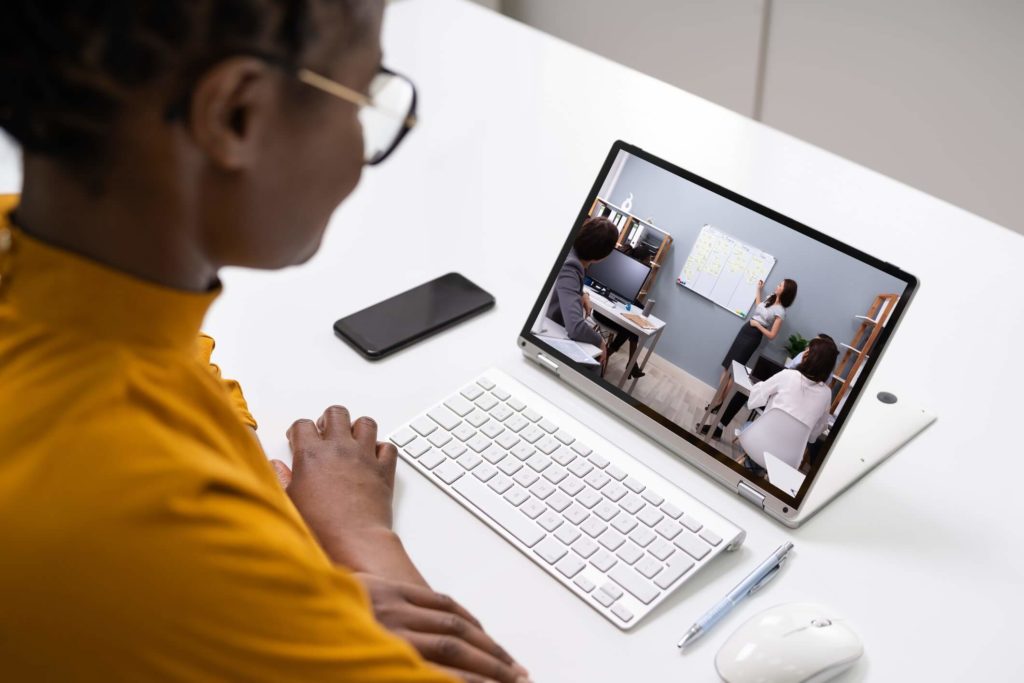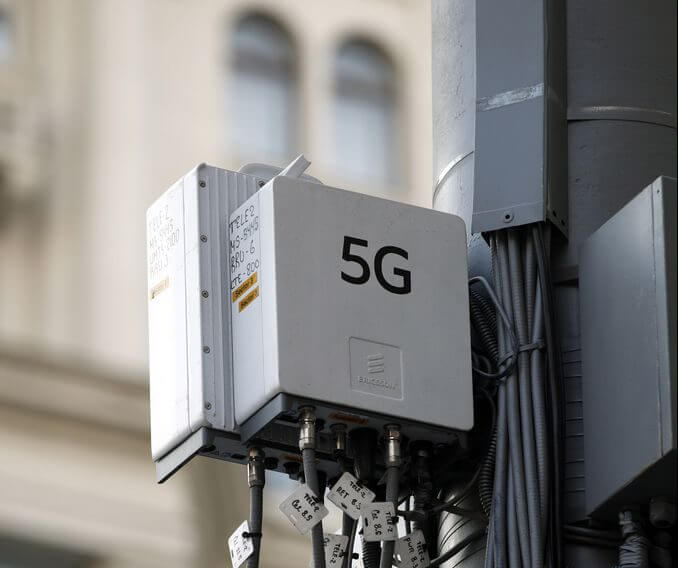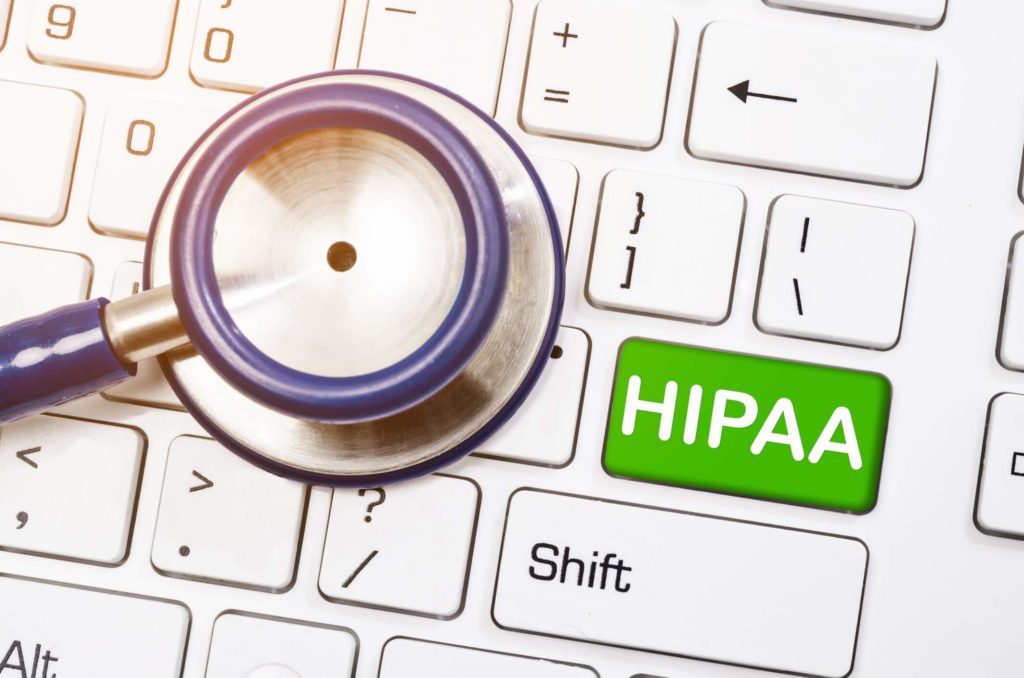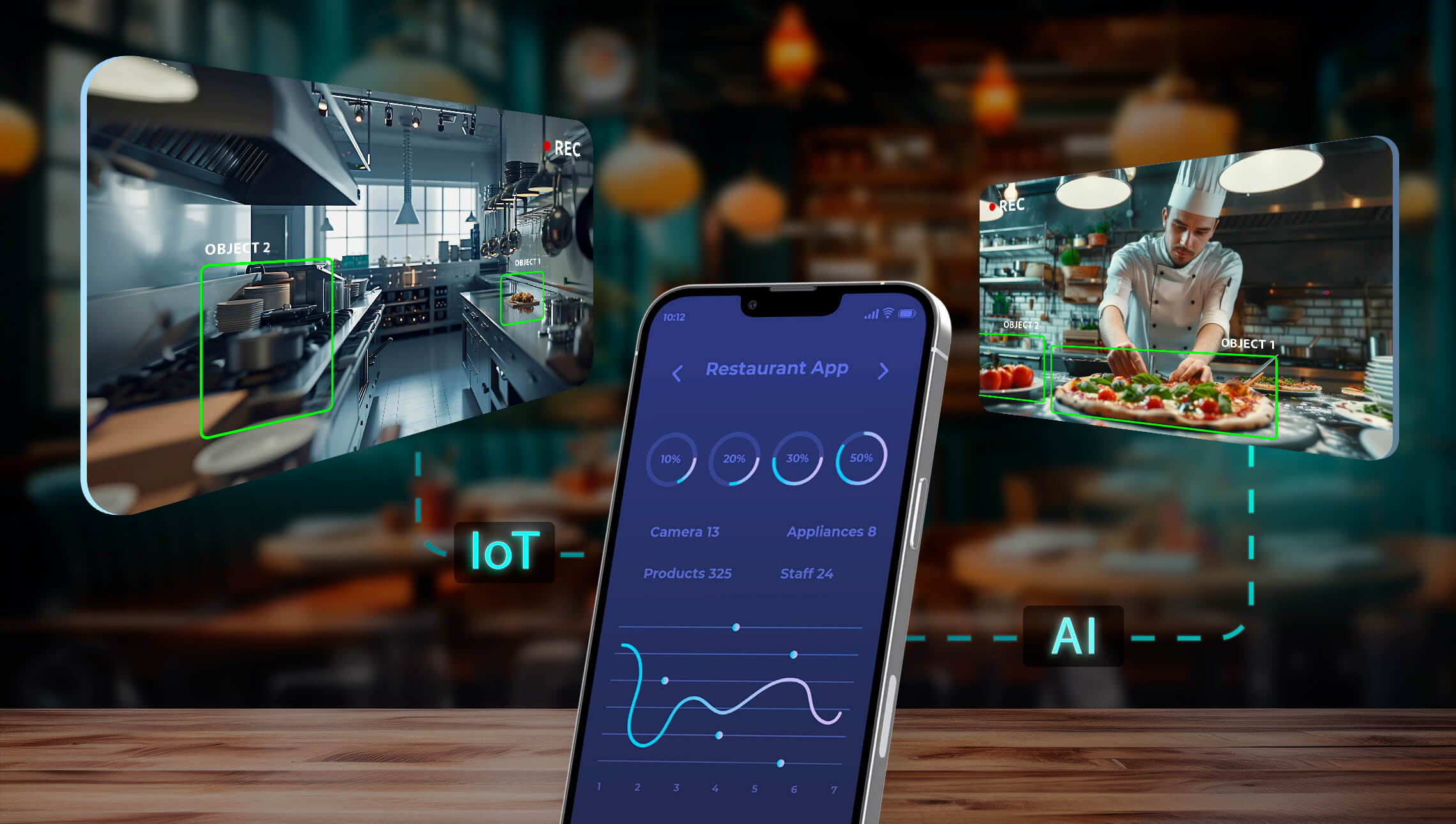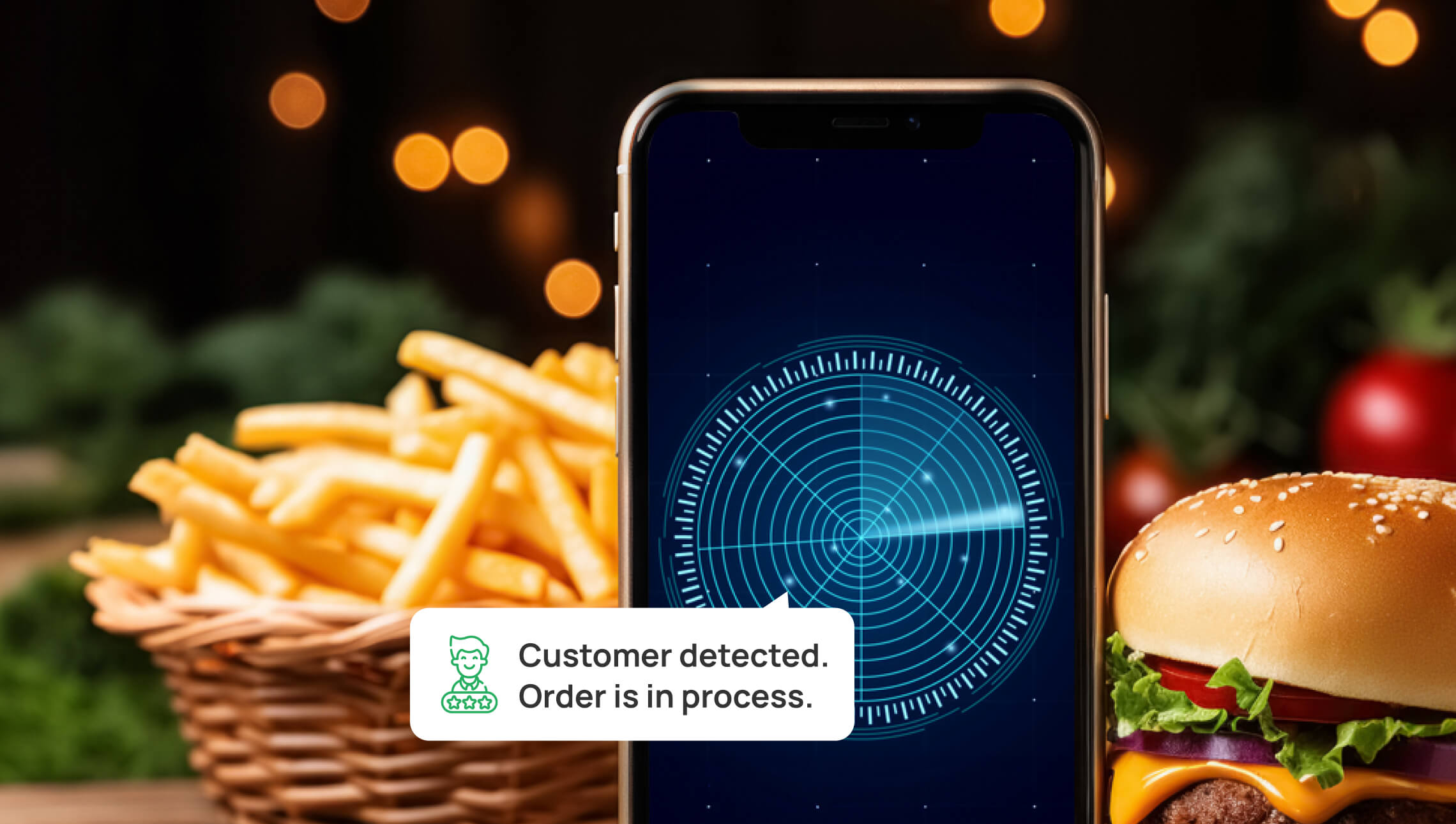Telehealth main challenges

In previous articles, we have discussed the possibilities of Telehealth, Telemedicine, and what benefits Computer Vision brings to Teleradiology. But it is not a remedy for all problems and Telehealth challenges are what we are going to discuss.
We will try to reveal the general challenges of implementing Telehealth in healthcare systems and how they can be solved, at least theoretically.
World governments have been focused on developing the Telehealth networks across their geographical boundaries, but the development pace is still quite slow and technology acceptance is not picking up.
J. D. Power claims that only 9.6 percent of Americans have used Telehealth to access medical care.
The technology that was meant to remove or minimize the barriers to healthcare-seeking, is facing lots of barriers itself, due to poor development progress, unexpected by policymakers and researchers.
Tricky policies and reimbursements

For any system to function and develop smoothly, we need to have certain policies and procedures at both state and national levels. These defined rules, regulations, procedures, and protocols are necessary to help Telehealth systems to work efficiently and safely so that the population can receive quality health services. Many countries do not have uniformed and standard Telehealth policies, which leads to confusion in the development of Telehealth services, programs, and their correct implementation.
Malpractice issues
Many practitioners are afraid of malpractice-related legal issues, which prevents them from actively participating and developing Telehealth programs. Malpractice liability is an important barrier in Telehealth practice. Certification and accounting barriers also discourage practitioners. There is still a quite weak regulatory framework for the reimbursement of teleconsultation services in the Government as well as in the private sector.
Policy difference
Since health is controlled at the state level, it is vital to develop policies, programs, guidelines, and regulations on Telehealth practices and allocate sufficient financial resources for Telehealth development.
For example, U.S. policy about Telehealth varies from state to state, and there are no two identical states regarding how Telehealth is defined, compensated, or regulated. Although Medicaid reimbursement for live video exceeds that for store-and-forward and remote patient monitoring, coverage still limits a patient’s home as the original site. Medicare has even stricter geographical and source restrictions for sites. However, the population is aging which stimulates an increasing number of caregivers and this, in turn, increases pressure on Medicare from patients and their caregivers to guarantee access to virtual care services for chronic diseases.
Licensing barriers
This problem also has another side — licensing. Although the main goal is to break down geographical barriers between a patient and provider, clinicians must be licensed to practice in states where they offer Telehealth services, and states regulate which health professionals are credentialed to practice in their state. State requirements for licensing and credentialing of Telehealth providers vary widely. Only 9 states offer special Telehealth licenses that enable providers to render Telehealth or Telemedicine services in other states.
However, to control the COVID-19 pandemic, 49 states have temporarily waived out of state licensing requirements, so that providers with equivalent licenses in other states can practice via Telehealth.
There is also a limitation with the specialized services types and providers that can be reimbursed. Private payers are not subject to the same coverage restrictions and practices, and state laws offer them relatively more flexibility in coverage options.
Technical training

Training is an important part of skills development, and organizations should develop a training schedule to train health professionals to provide seamless Telehealth services.
The majority of doctors are not familiar with the newest technology and often facing difficulties with modern gadgets.
So it is very important to conduct consistent training for all Telehealth-related workers, as there is a lack of specialists. Telehealth-related chapters should be included in the medical education curriculum in order to raise awareness and direct novice physicians towards studying the technical part of this discipline.
Though Telehealth options are now more diverse and offer much more affordable solutions, most Telemedicine programs require the purchase, configuration, and employee training with new technologies and equipment. Costs and knowledge depend on the solution — a sophisticated Telemedicine platform for physicians and specialist consultants may require additional training and equipment like Telemedicine carts, mobile health devices, etc.
Some solutions may go beyond the budget of suppliers in small, independent practices. Many suppliers were already underfunded by the Meaningful Use program for new technology budgets and staff training for EMT systems. In addition, for patients who don’t have access to a smartphone or computer with the Internet, real-time Telemedicine becomes impossible.
Since Telehealth is a hybrid system, it involves medical as well as IT domain experience for a complete understanding of the Telehealth solutions and their delivery. There is a serious lack of such technical specialists, who can run the day-to-day Telehealth business. Most of the provider physicians and clients cannot fix arising technical problems. So, for the proper and smooth system functioning, there is always a need for relevant technical specialists to establish stable and continuous communication during teleconsultation.
IT infrastructure

Though it’s already 2020, many countries, especially developing ones, have poor tech availability like computers, mobile phones, printers, and electricity for proper implementation and running of a Telehealth programs.
Lack of Phones
Almost all mobile-health (mHealth) systems and remote patient monitoring require access to smartphone applications. However, rural populations are less likely to have smartphones than other groups. According to a survey by the Pew Research Center, in 2019 only 70% of rural residents owned a smartphone, compared to 83% of suburban and urban residents. To make rural Telehealth programs work, it is critical to allocate additional funds for necessary equipment for patients.
Data type issues
The type of data is also a huge problem since there are no uniform standards for it. Most medical device manufacturers set their own standards for data formats. For example, XR, CT, MRI, MRA, and other scans can be in the DICOM format, which requires special programs to view, and one archive can be up to several gigabytes. PDF data can also cause many problems, as most Telemedicine systems cannot automatically scan and analyze PDF information, and doctors have to enter it manually.
Hardware plethora
For patient monitoring, one of the main parts of Telemedicine, there is also a problem of standardization. Monitoring requires the use of different sensors that are most likely supplied by different manufacturers. There are still no global technical standards and protocols, which allow different devices to communicate effectively, neither to store and manage data. Also, some mobile monitoring applications are equated with medical devices at the same level and require different approvals like FDA to be used in clinical settings.
Medical records limitations
Most countries do not have a universal patient health records system, and if they do, it is probably a patient ID card that could be easily lost or may not have with them in case of emergency. When such a patient enters a hospital unconscious, it is extremely difficult for specialists to understand which John Smiths is in front of them, not to mention their medical history.
Poor Internet connection
Internet access and power supply are other issues related to the failure of the Telehealth network in rural and remote locations.
Most Telehealth applications require high speed and reliable Internet bandwidth to run smoothly. Telesurgery, teleophthalmology, teleradiology, and emergency consultation are just a few examples of such applications. Poor Internet connection poses barriers or even makes it impossible, in the smooth Telehealth services delivery.
Only 69.3% of rural areas and 64.6% of tribal areas have access to high-speed broadband internet that met the minimum benchmark set by the Federal Communications Commission (FCC).
Internet coverage is still bottlenecking in many developing countries, especially in rural and remote areas. Most rural areas do not have the financial capital to independently invest in a broadband network that would provide high-speed Internet to their inhabitants.
Transmitting patients’ files, records, pictures, and videos is still quite a challenge in many areas like China, India, Indonesia, the Philippines, and Vietnam. However, with the growing Internet demand, new technologies like 5G are being designed to cover these needs. Well, if only people stop attacking 5G towers.
Privacy and compliance
Telehealth services can be convenient, but they can also provide access to security and confidentiality issues when accessing patient data over the Internet.
As with all healthcare technologies, Telehealth solutions must comply with HIPAA requirements to protect patient privacy. HIPAA privacy and security rules require that information obtained through the Telehealth service be encrypted and you are connected to the network. In addition, when communicating with patients, you must ensure that you are sending them messages over a secure connection. Before you can record and store video calls, you must obtain permission from your patients.
While an application such as Skype can offer a physician a simple way to remotely consult a patient, its use in this way is not HIPAA compliant. The technology used for Telehealth services must provide a high level of security and prevent any breach of patient privacy.
HIPAA compliance entails an organized set of safe, controlled, and documented practices within and between covered entities. While products cannot ensure compliance, some products may contain elements or features that enable them to work in accordance with HIPAA.
However, due to the pandemic, the Department of Health and Human Services (HHS) waived potential penalties for HIPAA violations against health care providers that serve patients in good faith through everyday communications technologies during the COVID-19 nationwide public health emergency. Now services like FaceTime or Zoom are free to be used for Telemedicine purposes, even if the service is not related to COVID-19.
Overcoming Telehealth challenges

Telehealth has obvious challenges to overcome in order for the entire system to work perfectly. And they need to be solved not only locally, but also on a global level. Health policies should view the contribution of information and communications technologies as an essential and central component rather than an add-on for delivering healthcare services and improvements in health.
But once most of these challenges are overcome, Telehealth will unlock its enormous potential and take the global healthcare system to a whole new level. As practice shows, in the state of emergency, it is possible to waive many penalties and ease various regulations, which makes such barriers not so hard to be demolished in the future.
If you are interested in improving the quality of care delivery by implementing a healthcare software solution, feel free to reach out to Softarex’s team. Our consultants will gladly help you with custom software development in your organization.

